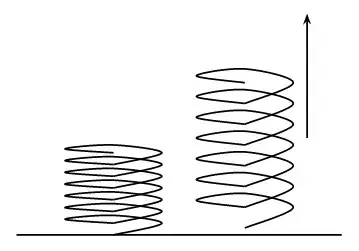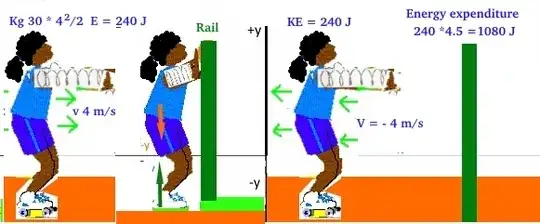After reading the article, I was totally perplexed . I was reading the External forces and internal energy transfers in Principles of Physics by Resnick,Halliday,Walker. It goes like that
An external force can change the kinetic energy or potential energy of an object without doing work on the object- that is, without transferring energy to the object. Instead,the force is responsible for transfers of energy from one type to another inside the object.
Then they cited an example.
An initially ice-skater pushes away from a railing and then slides over the ice. Her kinetic energy increases because of an external force $\vec{F}$ on her from the rail . However, that force does not transfer energy from the rail to her. Thus,the force does no work on her.
What is going on here? First they said the KE increased due to that external force. Then they said the force did no work. If force were given and displacement had not occured then I would say yes! the work done would be 0 inspite of force being applied.
But here, displacement occured and according to the book , the kinetic energy increased due to the force but due to some cause the force did no work! Is it magic??
I am really confused. Please help me giving a strong explanation to this.

